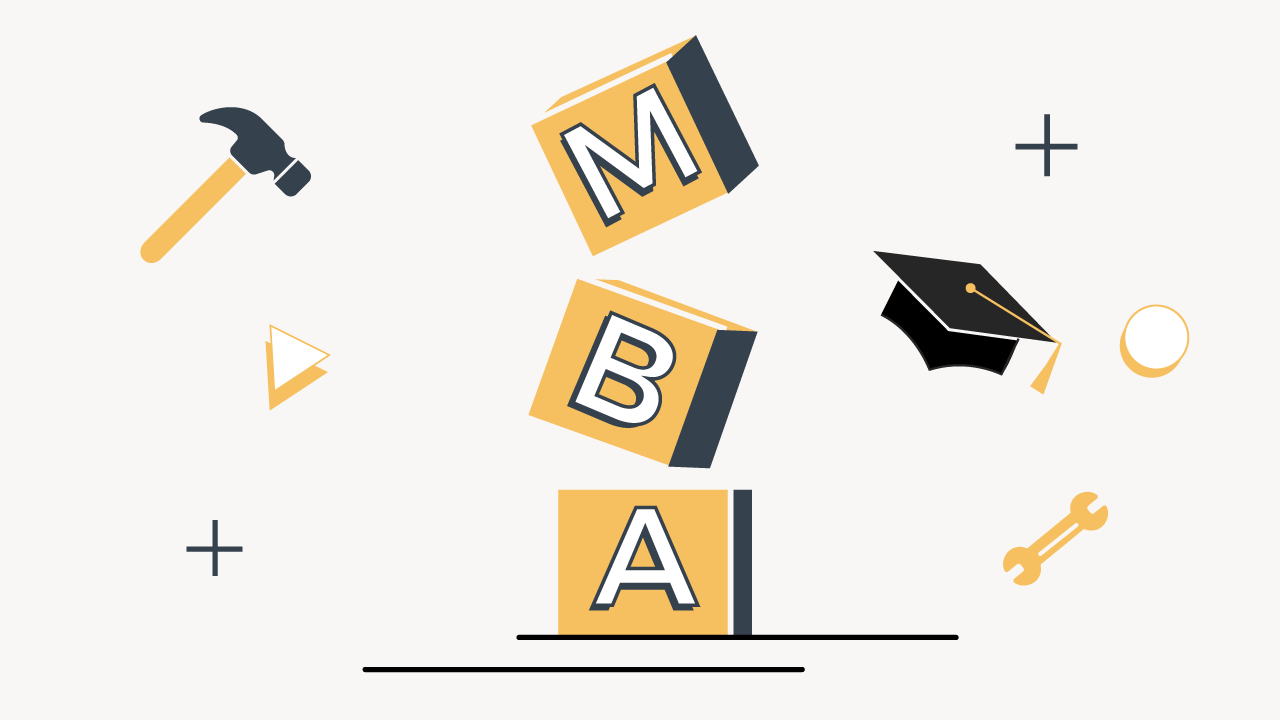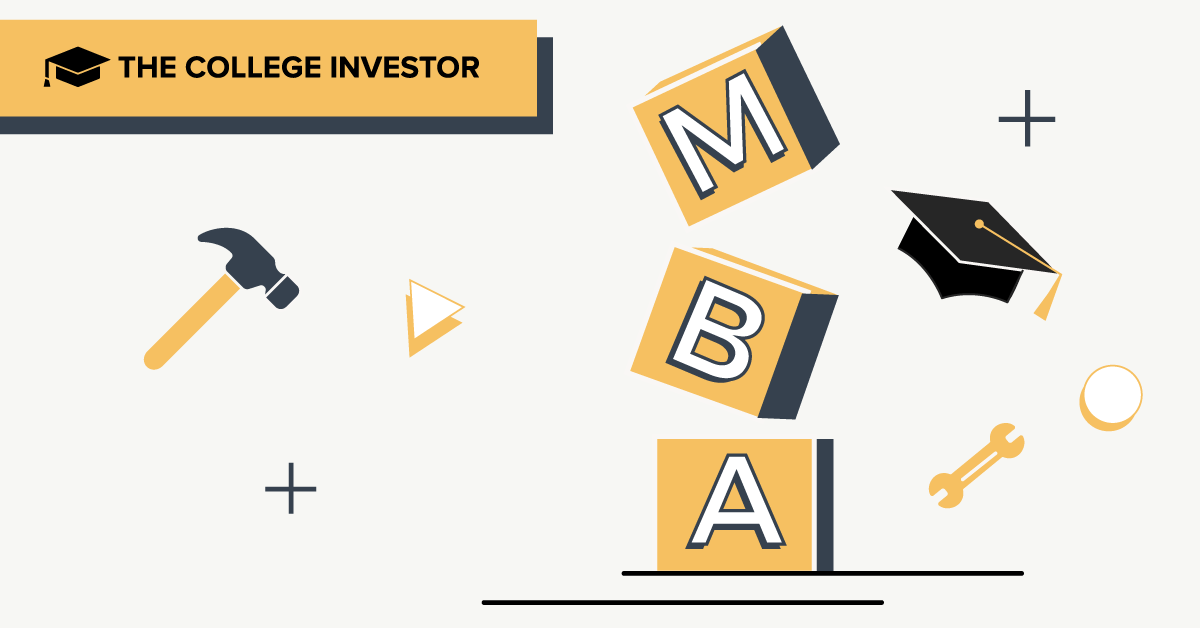
Getting an MBA, especially at a top school, can come with an expensive price tag. Even after investing in an expensive degree you might not get the high-paying job you hoped for – or you might decide management isn’t for you and you want to pursue a completely different career entirely.
If you’re eager to learn the material covered in an MBA program without the burden of paying for one, you can create a DIY MBA curriculum. While this approach isn’t foolproof, it allows you to create a customized curriculum tailored to what you want to study while helping you learn the skills you’ll need to advance in your career.
This article will dive into how to DIY your MBA and things you’ll want to consider before getting started.
How To Build Your Own MBA Curriculum
The idea of doing an MBA on your own terms is laid out in Josh Kaufman’s book The Personal MBA. The book gives you a business education for a fraction of the cost. While you won’t get the benefit of completing a capstone project or networking with your classmates, The Personal MBA is a good starting point for anyone who wants to study for an MBA on their own terms (heck, even his blog is a great starting point).
In addition to reading this book or other business books, there are other ways you can leverage technology to create an MBA program too.
MOOC Specializations
MOOCs — or Massive Open Online Courses — are low-cost classes offered on platforms like Coursera and EdX. You can enroll in the same classes you’d take in business school at world-class institutions like the Wharton School at the University of Pennsylvania (without the price tag).
In lieu of a degree, MOOC platforms offer certifications. Coursera, for example, has a Business Foundations Specialization that can be completed online at your own pace. Rather than paying tuition, you can enroll in a MOOC specialization for free and pay a monthly fee to complete the curriculum. The faster you progress through the content, the lower the total cost will be.
You can also piece together a variety of business courses from different universities to get a full online MBA experience. This is an example of a curriculum that you can follow to mimic the courses offered by an elite MBA program. With this approach, you’ll not only get access to courses offered by Ivy League schools here in the United States, you’ll be able to take courses by top instructors at universities across the globe too.
ChatGPT
Another approach to consider is leveraging emerging technologies like artificial intelligence to create a custom curriculum. I personally did this to create my own curriculum for a Master’s in economics:

You can create your own prompt for ChatGPT to develop a business school course list for you, a syllabus for each course, and the concepts you’ll need to cover in each course. By creating your own curriculum this way, you can not only ask ChatGPT to recommend books to read but you can also incorporate other learning mediums like podcasts and YouTube videos into your curriculum as well.
This can be a useful approach for students who want an innovative approach to learning that isn’t currently offered by traditional business school programs.
DIY MBA Courses To Take
When building your own MBA curriculum, you want to make sure you cover the fundamentals. These are some courses you’ll want to include in your DIY MBA curriculum:
- Financial Accounting
- Corporate Finance
- Macro and Microeconomics
- Management
- Organizational Behavior
- Leadership
- Marketing
Once you have your baseline covered, you can add in elective courses. Electives can help you specialize in coursework that is more closely related to your career field. These can include topics like:
- Entrepreneurship
- Nonprofit management
- Social impact
- Technology and ethics
To round out your studies, you can do an optional capstone. This can be pro bono freelance work for a client to solve a particular problem. Many small businesses need help but can’t always afford to bring on an expensive MBA graduate to do the work for them. You can put your new MBA skills to the test while solving a real-world problem for a real business in your community.
Related: Are MBAs Worth It?
How To Build A Network Without Enrolling In An MBA Program
One of the main drawbacks of doing an MBA on your own is that you’re not going to be taking classes with other students. The coursework covered in a traditional MBA program is only half the value. Many students enroll in top programs because of the network and the status conferred by elite schools.
In fact, around 10% of Fortune 500 CEOs come out of elite Ivy League MBA programs (but realize many of these CEOs also got their MBA once they were already C-suite level or close, and already had some solid networks of their own). While getting into an elite MBA program won’t guarantee you’ll get a great job, it certainly helps.
When you study on your own you won’t get access to the network of students in your MBA cohort but that doesn’t mean you can’t network. Instead, look for networking events for startup founders, entrepreneurs, and business professionals in your community. Eventbrite and MeetUp are two places to look for these.
You can also join professional associations. Toastmasters, the Rotary, and groups housed within your Chamber of Commerce are some good starting points.
Finally, don’t limit yourself based on where you live. It’s now easier than ever to join online communities. Build your digital network on LinkedIn and schedule Zoom coffee dates. Many professionals will be more than happy to connect with you even if they aren’t located in your neck of the woods.
Final Thoughts
Doing an MBA on your own can be a good alternative to a pricey MBA from a top school. You can create a custom curriculum that allows you to learn on your own terms. If you decide it’s not right for you, a DIY MBA is easy to drop and pivot into something else.
That being said, this approach isn’t for everyone. Aside from not getting access to a robust in-person network, doing your own MBA requires a lot of discipline. You may have the best intentions to finish the coursework but if you don’t treat it like a class and schedule the time to complete the material, you’ll never finish it.
A DIY MBA isn’t a substitute for a real MBA and won’t come with a diploma, but it can be a cost-effective alternative for a disciplined student. You don’t have to apply for a program and wait to be admitted either. If you want, you can get started right now.

